Found on Facebook:
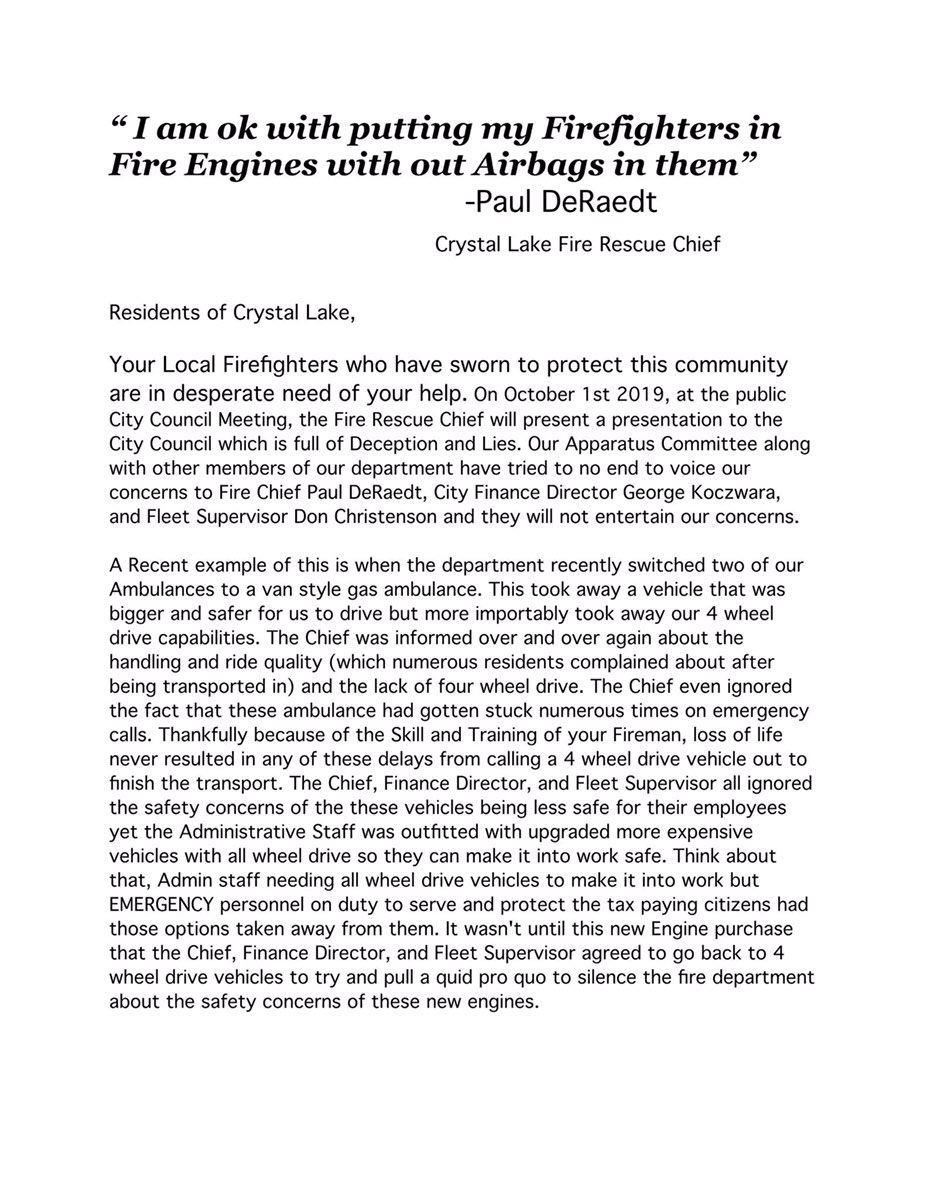
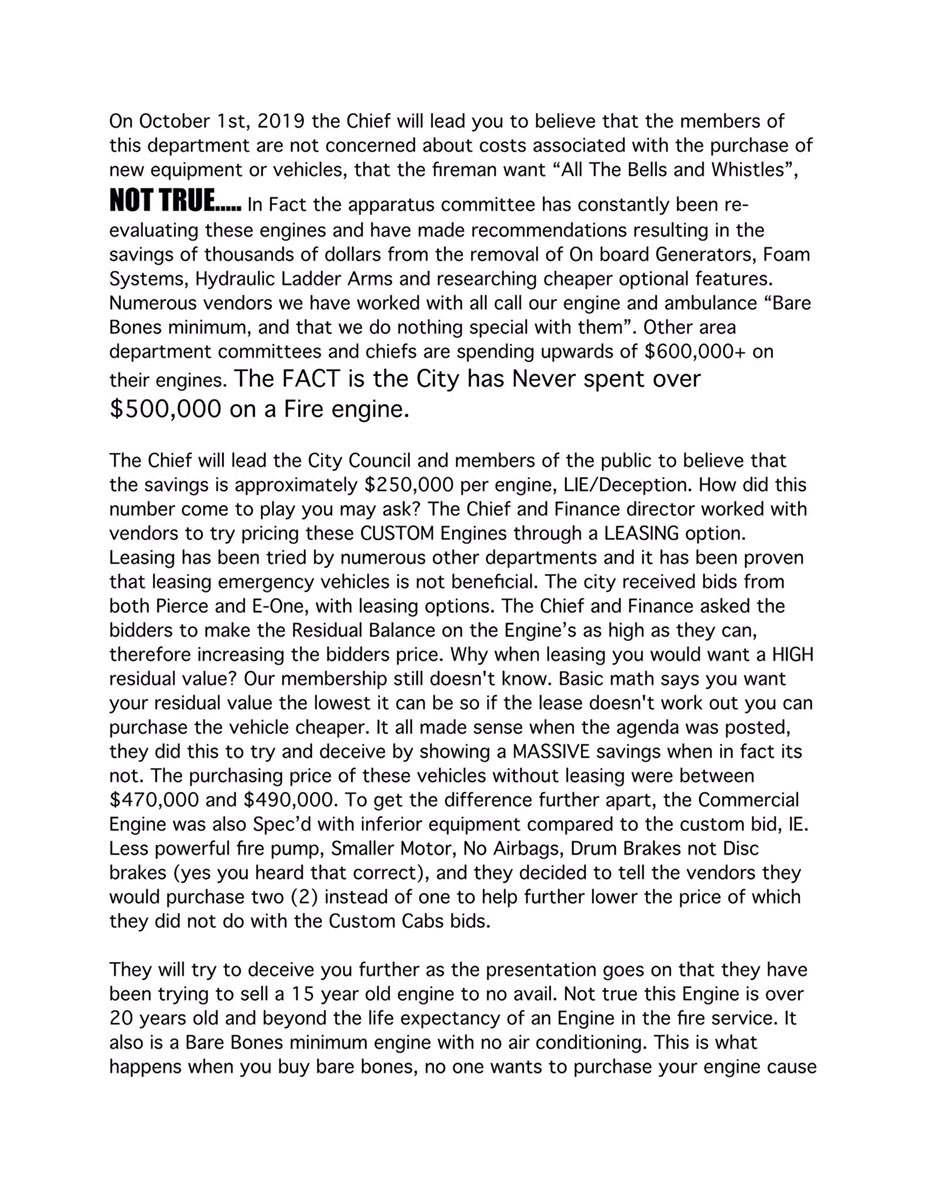
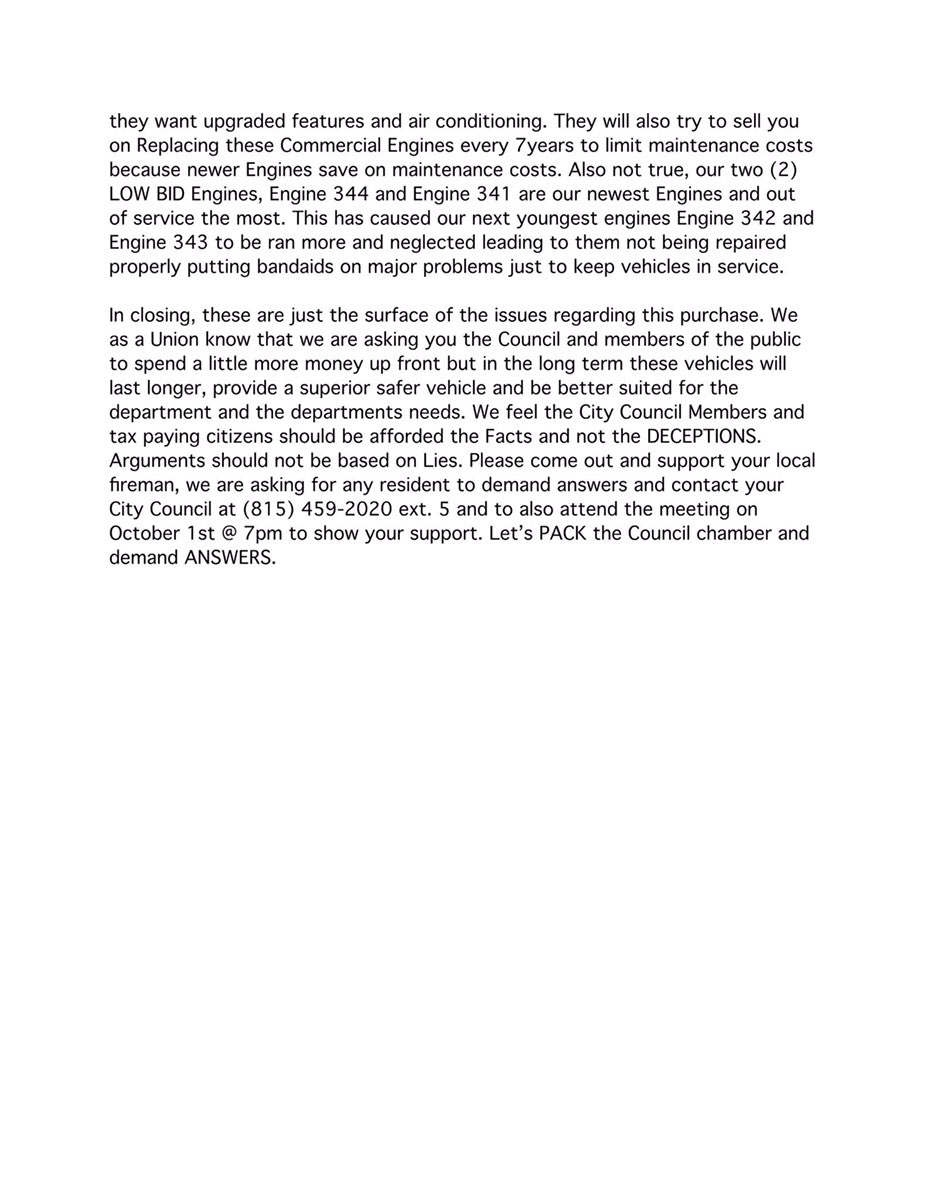 +
+ 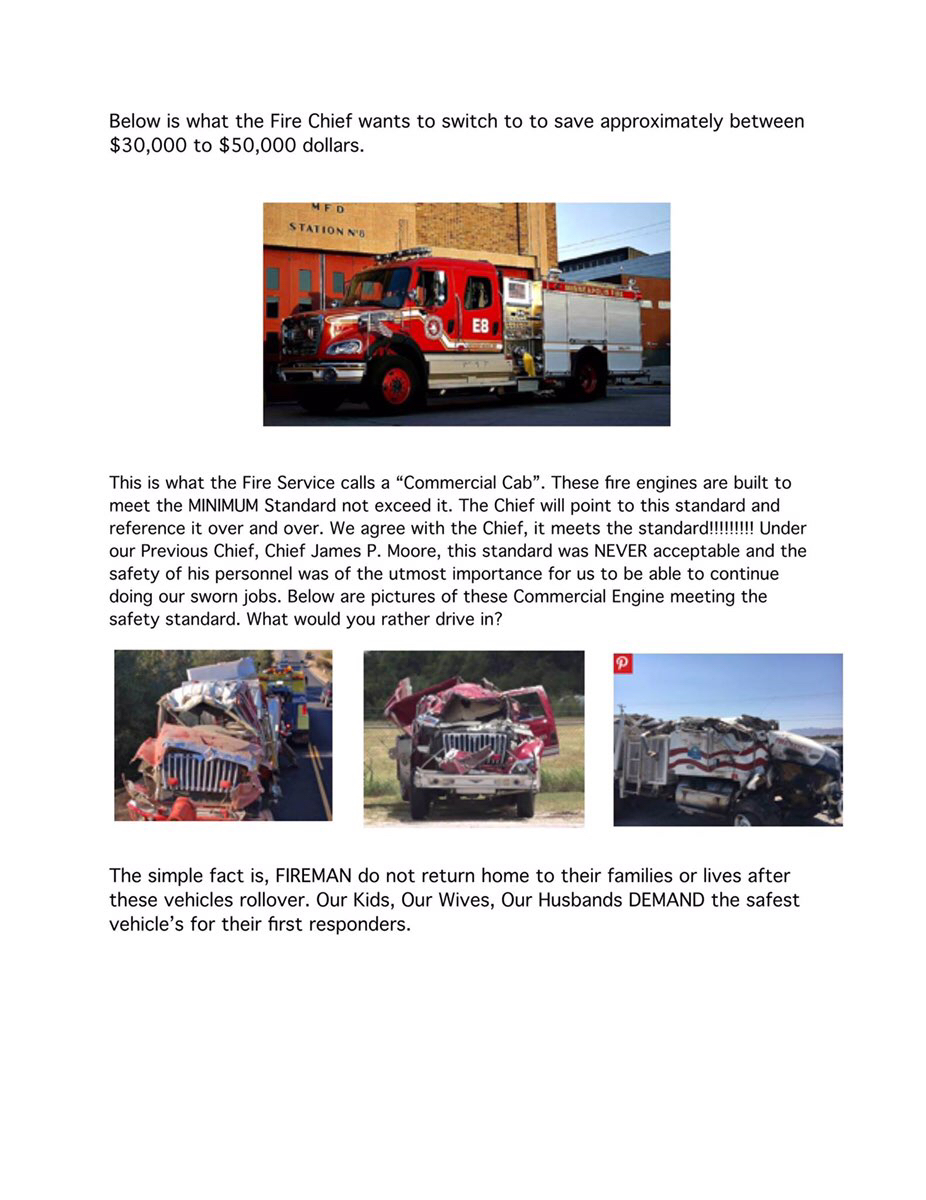
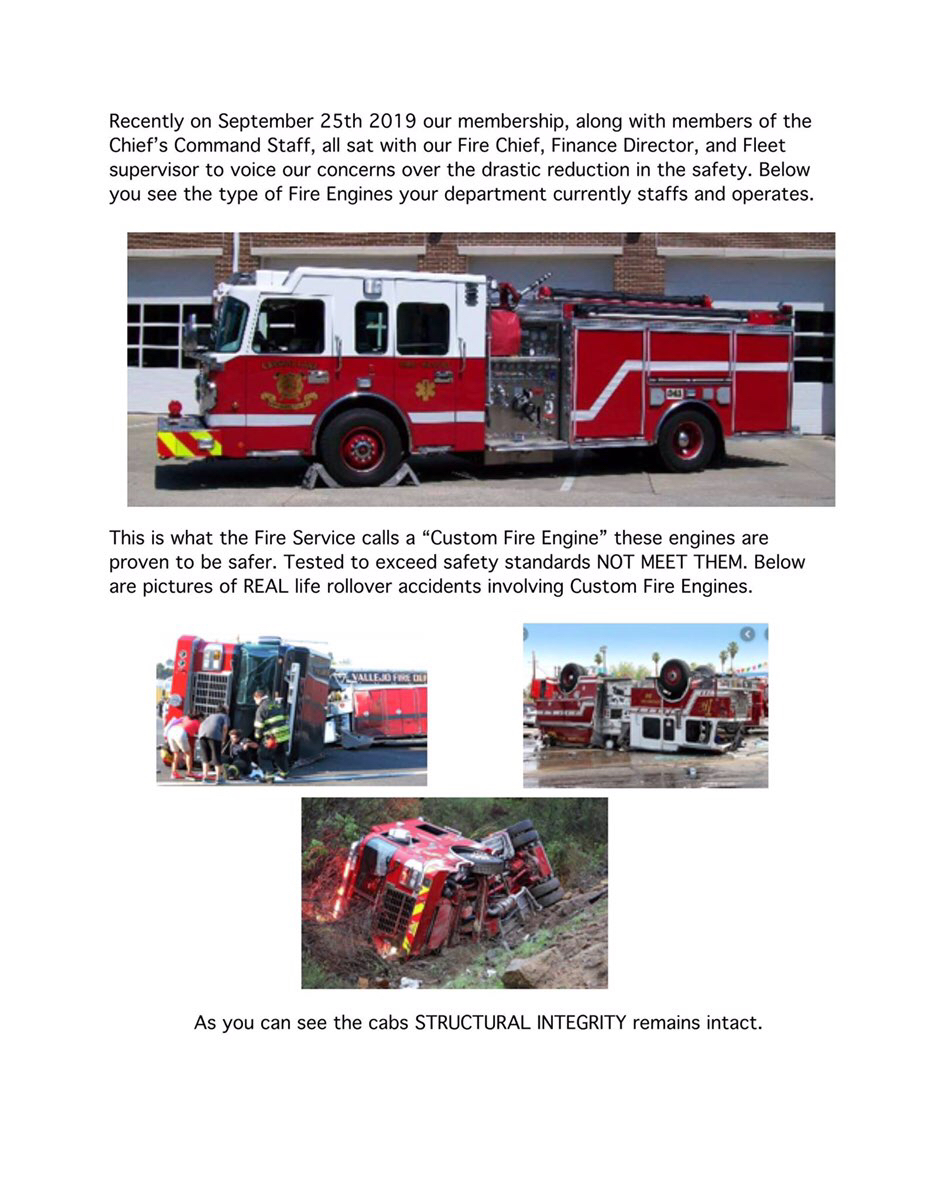
Found on Facebook:


 +
+ 

Tags: Crystal Lake Fire Chief Paul DeRaedt, Crystal Lake Fire Rescue Department, Firefighters rebuke decision to buy a commercial cab and chassis for new fire truck, Letter from Crystal Lake firefighters to area residents
This entry was posted on September 29, 2019, 8:00 PM and is filed under Fire Department News. You can follow any responses to this entry through RSS 2.0. Both comments and pings are currently closed.

For the finest department portraits and composites contact Tim Olk or Larry Shapiro.
Arclite theme by digitalnature | powered by WordPress
#1 by Tyler Tobolt on October 2, 2019 - 10:27 PM
Harry,
I have no idea where you got that from. Crystal Lake doesn’t transport to ABMC in Hoffman Estates. Crystal Lake goes to McHenry, Woodstock, and Huntley. Every once in awhile they will hit Good Shepard and Sherman. Never ever will they go to ABMC.
#2 by BIll Post on October 2, 2019 - 9:55 PM
Chuck most of the west side companies and quite a few from the south side were supposed to be five-man companies. They weren’t normally assigned a Flying Manpower Squad on their stills due to their 5th man. By the late 1970s they might have lost the 5th man but they were initially assigned five in 1969 and during the early to mid 1970s.
The engines on the north side which had five and didn’t get a flying squad assigned on their stills alarms were Engines 83, 78, 55, 22, 4, 20, 35, 30, 14, and 57. The engines on the west side that had five men were engines 103, 5, 25, 18, 26, 24, 107, 44, 85, 95, 77, 38, 67, 117, 113, and 96.
The south side engines were 8, 19, 16, 61, 60, 63, 100, 122, 47, 51, 54, 84, and 50. The downtown companies were Engines 98, 42, 13, 1. and 104.
#3 by BIll Post on October 2, 2019 - 9:08 PM
Chuck until mid 1967 all of the engines and trucks had five regularly assigned. Before mid 1967 there were also 11 squad companies in service which included Salvage Squads 1 and 2 which usually ran with six. There were three Snorkel squads that ran with seven plus six Snorkels and 12 fog pressure units, and each normally ran with three.
In mid 1967, under Richard J Daley, the city agreed to give Chicago’s firefighters another day off which became known as Daley Days. There was a catch however that the city refused to hire more to make up for the reduced working hours. By 1968, seven of the 11 squads were taken out of service and it got to a point that from one day to the next you wouldn’t know if an engine or truck would be running with five or four.
As the city didn’t want to increase the fire department payroll, they hired a consultant to make recommendations on how to best run the department with the same manpower as before the reduction in working hours. The consultant recommended that slightly over one third of Chicago’s engines and trucks continue running regularly with five while the remaining two thirds have four. The five-man companies were assigned to the busier districts plus the downtown companies. As a rule, the engines did that 1,700 runs a year were usually assigned a crew of five and the trucks assigned to follow those engines also ran with five. As an attempt to make up for the 5th man on the remaining 2/3’s of the companies, the consultant recommended creating six Flying Manpower Squads to respond on still alarms with those companies. The Flying Manpower Squads normally ran with six.
Two of the six Snorkel companies were taken out of service as were two of the three Snorkel squads. All of the fog pressure units were also taken out of service. By the late 1970s the Chicago Fire Department was running with less men than was recommended in the 1968 consultant study. Those conditions helped to create the atmosphere leading up to the the 1980 strike.
So Chuck it’s true that there were firefighters serving out of rank but at least 1/3 of Chicago’s companies were supposed to be running with five. So the firefighers strike not only brought back the 5th man that was supposed to be running on the busier companies but it brought back the 5th man to all engines and trucks like before they had their hours reduced in 1967.
#4 by Chuck on October 1, 2019 - 10:39 PM
Bill, the 1980 strike did not “get” the fifth man back. There never were 5 man companies as regular procedure prior to 1980 (unless maybe SS 1). It was more often 4 man companies, with acting officers, acting engineers, and no additional pay for acting up. And the City has the ability (per the Local 2 contract,) to have 35 variances a day, either as a 4 man company or having an acting officer. And they are trying to do away with minimum manning as a stated point of negotiation with this next contract.
#5 by Bill Post on October 1, 2019 - 9:02 PM
The Crystal Lake firefighter’s union has every right to bring their case directly to the public who they protect and yes go around city council and even the fire chief. In too many cases the so called city fathers don’t act in the best interests of the town they are supposed to represent.
The Crystal Lake firefighters have legitmate grievances and in a demcroracy they have the G-d given right to bring their case directly to the people to make sure they are well informed, so they get the complete story, not just that of the city council and the city administration.
An example of what I am talking about happened in Evanston twice recently. Just over a year ago the outgoing city manager wanted to take one engine company out of service permanently and he proposed selling the fire station. In 2010 Walter Bobkiewicz wanted to take one of their two truck companies out of service, so the firefighters’ union took it before a judge and they were able to keep the truck in service.
Plenty of times mayors, city Councils, village managers and what not don’t always bring the entire story to the public. They are only interested cutting the budget without knowing anything about adequate fire and ems protection.
People who are reading this website shouldn’t forget that while the 1980 Chicago firefighters’ strike was tragic, it also was good and accomplished what it set out to do by getting the 5th man back on all of Chicago’s engines and trucks. That was desperately needed and in the long run, improved safety for the public and Chicago’s firefighters.
In most cases it is city hall that tries to pull one over on the public and the firefighters and it takes a determined firefighter’s association to bring their case directly to the public.
#6 by Clark on September 30, 2019 - 9:54 PM
I’ve said this before on my job. If the city council decides this is the rig, these are the tools, this is how we’ll staff….Okay. I’ll feel bad if someone gets hurt over it but at the end of the day the blame is not on me.
#7 by harry on September 30, 2019 - 4:13 PM
chuck well if the ground was all flat with no hills 4×4 would be less needed because try going up a hill in snow in 2wd no traction 4 wheel drive gets the job done and by the way that is what I have been told by many depts.
#8 by Chuck on September 30, 2019 - 3:20 PM
Harry, not quite sure where you get your knowledge of EMS transport policies and procedures, but winding roads,hills and extended transport times have zero to do with the need for four wheel drive. And there’s no way Crystal Lake goes to a hospital in Hoffman Estates on a regular basis. They would have to drive past Good Shepard in Barrington to get there.
#9 by Mike D on September 30, 2019 - 2:52 PM
The most concerning part of this article is that a “professional” organization would allow it to be released to the public.
This is one of the most poorly composed press releases I have ever seen. The level of illiteracy demonstrated is a direct reflection of your lack of attention to detail as a union. Yikes. Big strike out, fellas.
#10 by harry on September 30, 2019 - 2:23 PM
mike c I could see if crystal lke was a small vol dept with little money then a comm.cab would likely be just fine but with the money that town has they should do custom
#11 by harry on September 30, 2019 - 2:21 PM
if crystal lke wants gas ambos then get the f series with 4×4 and have it gas
#12 by harry on September 30, 2019 - 2:20 PM
however I would say 4×4 is really nessessery in area s like crystal lke and out that way where there are more hills winding roads and longer response times to hospitals for instance crystal lake likely goes to Hoffman est to hospital or mchenry which are both 20 mins or more as for airbags firetrucks likely don’t need them because if they have an accident it will likely be a rollover crash
#13 by Mike C on September 30, 2019 - 12:29 PM
I don’t think it’s worth crying about not putting air bags in engines or trucks. Pierce promotes the airbags but look at the construction of their cabs that hold up very poorly in accidents. Utilizing a quality cab supersedes airbags any day.
#14 by JR on September 30, 2019 - 8:26 AM
Are the employees exposed to a hazard in the workplace?
Does the employer have knowledge of this exposure?
Does a standard (OSHA, by reference: NFPA, ANSI, etc.) apply?
Was the standard violated?
#15 by Mike C on September 30, 2019 - 7:07 AM
Why in any right mind would an apparatus committee, chief, finance director, etc. consider a commercial cab? Unless the cities finances are stretched incredibly thin, it should NEVER be considered. Custom cabs can be purchased from Spartan or HME relatively reasonably priced while providing a much higher level of safety, and efficiency to fulfill day to day operations.
I don’t think 4 wheel drive ambulances are essential in the Chicagoland climate. We have gone decades with rear wheel drive and did fine with them. Four wheel drive chassis’ require higher maintenance, and cost more initially. I will say it is a nice option though.
No air conditioning on fire apparatus??? The little it costs when purchasing a rig, it’s definitely good way to help morale. If the air conditioning goes down, it should be fixed. Our administrations need to care for their personnel. They don’t need to pander to the union and cave at everything they wish, but in reality, if the administration takes good care of their personnel, they will take good care of the people they serve throughout the community.